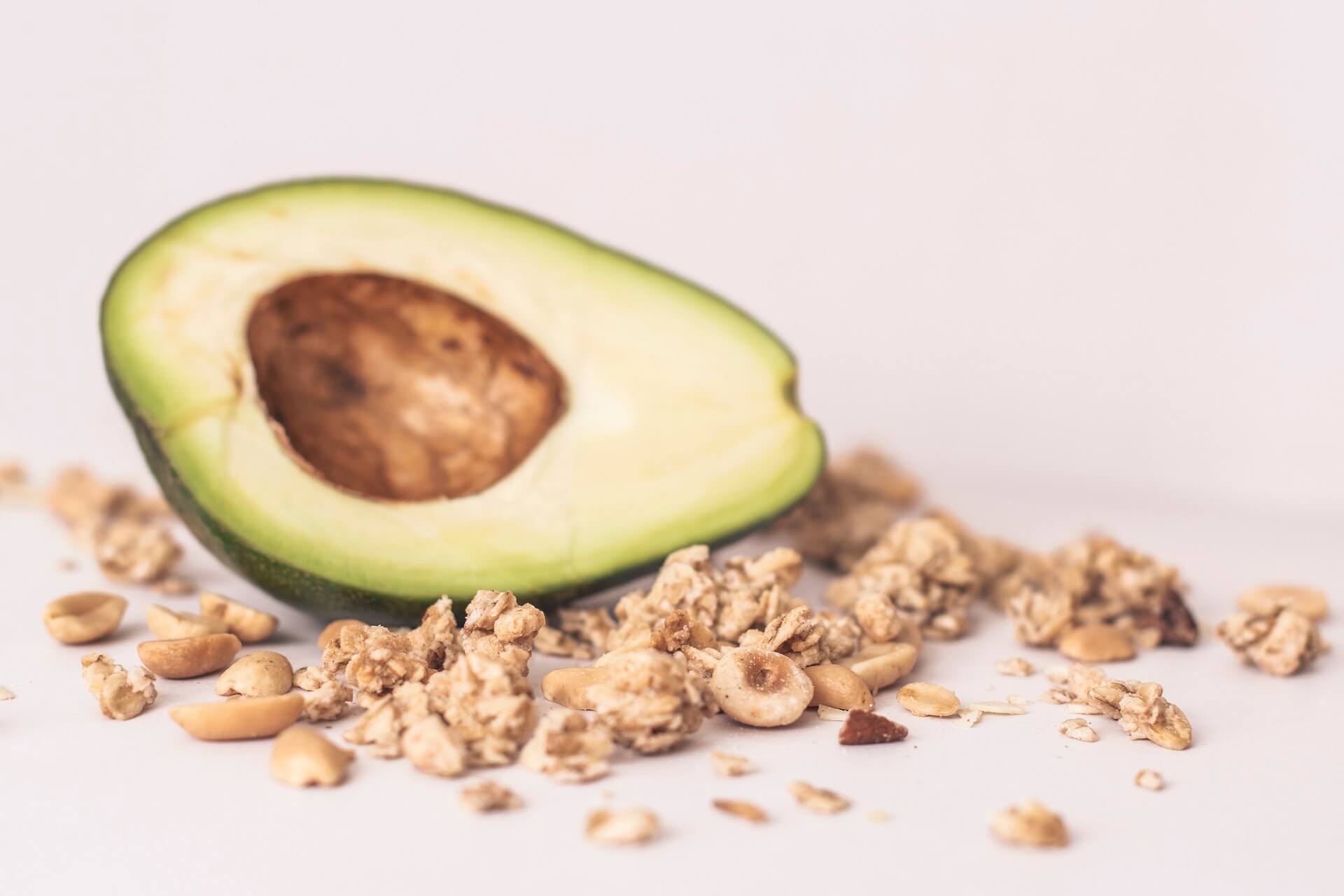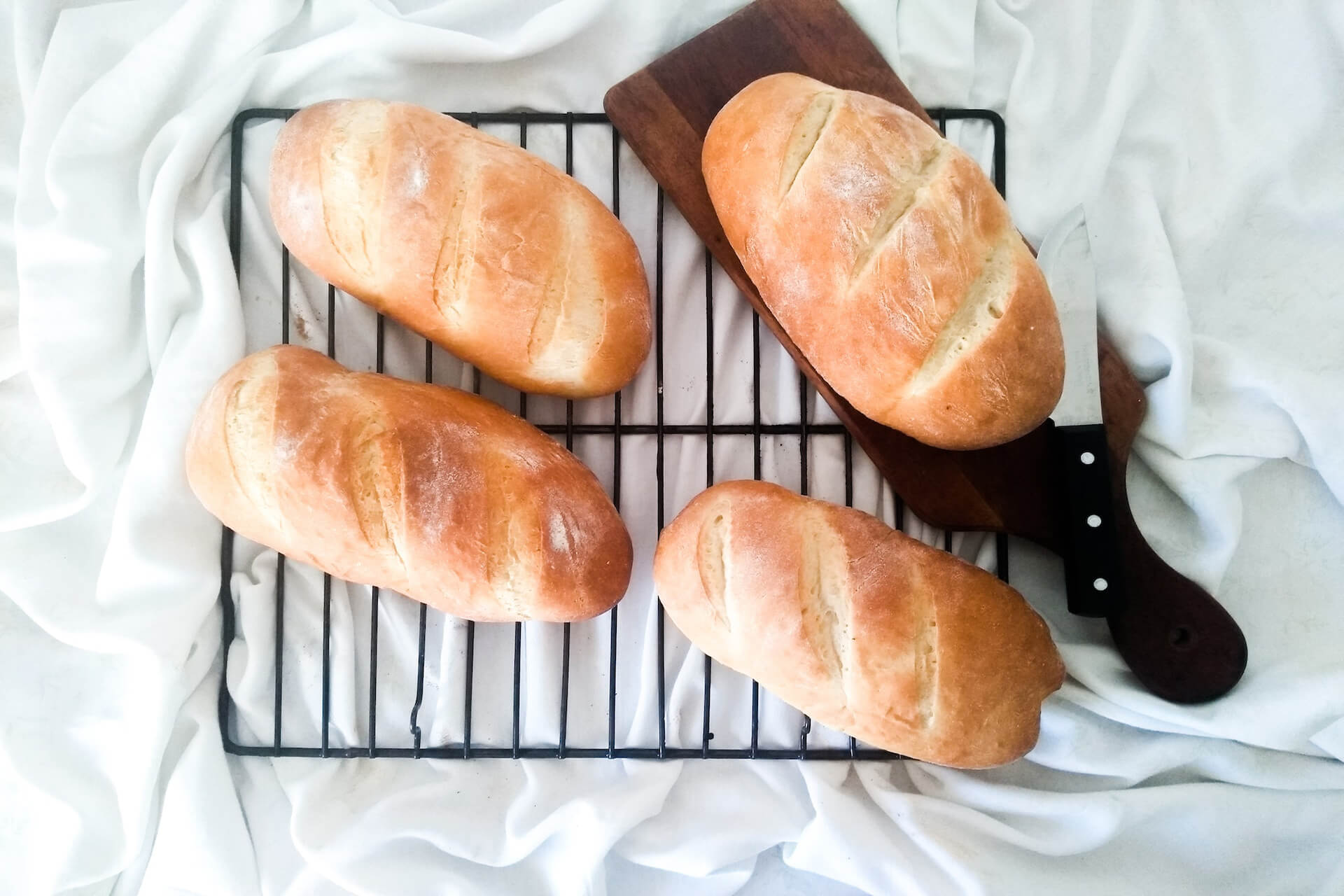Eating clean is a simple yet highly effective way to improve your results on any diet, including the keto diet. While keto cuts back on carbohydrates, many people still eat processed and convenience foods which are associated with inflammation, poor gut health, and increased overall cancer risk (1)(2).
This is why it’s important to emphasize a clean keto approach. In this article, we’ll explain what clean keto means, the differences between dirty and clean keto, a sample clean keto meal plan, and how to properly implement it.
What is Clean Keto?
The clean keto diet — or simply “clean keto” — follows the standard keto macros of 55% to 60% fat, 30% to 35% protein, and 5% to 10% carbohydrates. For someone consuming 2,000 calories each day, their carbs would amount to 25-50 grams daily (3).
You need to remember that your macros should be met from mostly whole foods, such as grass-fed beef, eggs, fatty fish, seafood, olive oil, and non-starchy vegetables and fruits.
Adhering to a clean keto diet means more home-cooked meals in which you make dishes from scratch. This would allow you to be in control over the ingredients you use so that you and your whole family enjoy fresh options. On top of that, you avoid food sensitivities. These are just some of the ways people benefit from a clean keto approach.
Clean Keto vs. Dirty Keto
As the opposite of clean keto, the dirty keto diet allows for processed foods as long as they’re low in carbs. In other words, you can eat bunless fast food burgers, pork rinds, packaged keto snacks with artificial sweeteners, and diet soda — while staying within your daily carb limit of 50 or lower.
If you’re just starting a keto diet or are already on keto but live a hectic life, opting for these convenience foods can help in terms of saving time.
But while dirty keto and clean keto both follow the same macronutrient ratios, dirty keto isn’t the best for your long-term health. This is because many dirty keto foods are made with low-quality ingredients like canola oil, added sugars, artificial sweeteners, MSG, and artificial food dyes.
Benefits of Clean Keto
Eating clean on the keto diet offers many advantages and it’s undeniably the best approach for optimal health. If you’re looking for reasons to eat more natural foods, here are some of them:
For those who are struggling with excess body fat, clean keto offers sustainable weight loss by restricting not just carbs, but also ingredients in foods that promote inflammation.
Research shows that consuming linoleic acid in omega-6-rich vegetable oils (such as soybean oil, canola oil, safflower oil, and sunflower oil) is linked with obesity and diabetes (4).
Added sugars are also prohibited on clean keto. Corn syrup, fructose, dextrose, brown sugar, and honey are common sweeteners used in processed snacks that will make it hard for you to reach and stay in ketosis.
Avoiding these on the clean keto diet will not just combat obesity, but also lower your risk of diseases.
Other noteworthy benefits include increased insulin sensitivity, improved brain and heart health, better gut health, and a lower risk of allergies and intolerances (triggered by some additives — MSG, for instance — in processed foods).
Drawbacks of Clean Keto
The most common downside is that it isn’t always convenient for busy people. Not everyone has the time to prepare all their meals at home. For those with hectic work schedules, a great solution is to cook keto meals for the entire week in advance.
Alternatively, you could opt for healthy meal delivery services that offer keto-friendly options. These services even allow you to specify your allergies and preferences. Or you could subscribe to meat delivery services if you’d rather cook at home and want ethically sourced, grass-fed, and hormone-free meats.
Since the keto diet is inherently restrictive, clean keto can at times make you feel deprived of comfort foods, especially at gatherings. In contrast, dirty keto offers people a chance to enjoy low-carb versions of what they used to love: cookies, cheese crisps, ice cream, and sugar-free soda.
Clean Keto Food List
Clean keto may seem extreme, but there’s actually a wide range of foods to fill your week. With a little creativity and prep time, you can create delicious recipes, such as casseroles, appetizers, desserts, and more. Below is a list of what to eat:
- Meat, eggs, and poultry: grass-fed beef, pork, lamb, chicken, turkey, venison
- Fish and shellfish: salmon, mackerel, herring, sardines, tuna, crabs, shrimps, lobster, oysters, scallops
- Vegetables and fruits: lettuce, spinach, zucchini, tomatoes, mushrooms, strawberries, blueberries, avocados, watermelons, cantaloupe
- Nuts and seeds: pecans, macadamia nuts, almonds, Brazil nuts, chia seeds, pumpkin seeds, flaxseed
- Natural cheeses: cheddar, gouda, parmesan, blue cheese, goat cheese
- Fats and oils: olive oil, avocado oil, coconut oil, beef tallow, lard, grass-fed butter
- Sweeteners: stevia, monk fruit
- Flours: almond flour, coconut flour, chia flour, psyllium husk powder
- Beverages: water, tea, black coffee, homemade fruit smoothies
Clean Keto Meal Plan
Here is a sample three-day meal plan that will give you an idea of what foods to eat on clean keto. Cook these meals in advance or have them delivered to you by a trusted meal delivery service.
Day 1
- Breakfast: eggs and fresh berries
- Lunch: chicken wings, green beans, and broccoli
- Snacks: slices of natural cheese (cheddar, gouda, parmesan, etc.)
- Dinner: ground beef and cabbage
Day 2
- Breakfast: tuna and avocados
- Lunch: greek salad (tomatoes, cucumbers, bell peppers, feta cheese, olives, olive oil)
- Snacks: plain black coffee with grass-fed butter
- Dinner: venison stew (with heavy whipping cream, low-carb veggies, and spices)
Day 3
- Breakfast: boiled eggs and mackerel
- Lunch: steak and cauliflower fried rice
- Snacks: cloud bread (made with eggs, cream cheese, psyllium husk, and cream of tartar)
- Dinner: pork chops in mushroom sauce
Tips When Eating Clean Keto
With some planning and preparation, you’ll be able to save time and money and stick to your carbohydrate limit all week. The tips below are helpful for newbies and more experienced keto dieters who want to stick to clean eating habits.
Start by making simple food swaps
Instead of cutting out all processed foods in your kitchen, start by making a few swaps at a time. For example, you could eat ground beef at home instead of fast food burger patties. Or swap those keto bars for almond nuts.
Fill your grocery cart with whole foods
Going clean on keto starts with the items you add to your shopping cart.
If you find that you’re easily distracted by convenience foods — such as keto chocolates and other ready-to-eat desserts, processed meats, etc. — then it would be a good idea to make a grocery list before heading to the grocery.
Alternatively, you could bring your menu for the week. That way, you won’t forget the whole ingredients for your recipes.
Don’t forget to check your fridge and pantry cabinets so you’ll know which clean keto items are missing. Common pantry items include spices (salt, pepper, bay leaves, etc.), nuts, and seeds.
Choose natural instead of artificial sweeteners
Ditching sugar can often mean finding alternatives to satisfy your sweet tooth on the keto diet. The problem with artificial sweeteners like aspartame, sucralose, and erythritol is that they may negatively affect your gut microbiome, especially when consumed frequently and in large amounts.
For sugar-free options, choose stevia and monk fruit. These are made from plants and do not contribute to increased blood glucose levels (5)(6).
The Bottom Line
With these meal ideas and tips, you can do clean keto successfully. Although clean keto means forgoing highly processed foods, it significantly reduces your consumption of added sugars and other ingredients that may increase your risk of disease.
Not to mention, processed foods can easily increase your calorie intake, which ultimately causes a weight loss plateau.
Remember that you can always keep it simple. Change one thing at a time. Do advance meal prep or opt for a clean keto meal delivery plan if necessary. Go for natural instead of artificial sweeteners.
Supporting your long-term health through clean keto doesn’t have to be difficult.
References:
- Shi Z. Gut Microbiota: An Important Link between Western Diet and Chronic Diseases. 2019 September 24
- Chen X, Zhang Z, Yang H et al. Consumption of ultra-processed foods and health outcomes: a systematic review of epidemiological studies. 2020 August 20
- Masood J, Annamaraju P, Uppaluri K. Ketogenic Diet. 2022 June 11
- DiNicolantonio J, O’Keefe J. Omega-6 vegetable oils as a driver of coronary heart disease: the oxidized linoleic acid hypothesis. 2018 September 26
- Ajami M, Seyfi M, Hosseini F et al. Effects of stevia on glycemic and lipid profile of type 2 diabetic patients: A randomized controlled trial. 2020 March-April
- Zhou Y, Zheng Y, Ebersole J et al. Insulin secretion stimulating effects of mogroside V and fruit extract of luo han kuo (Siraitia grosvenori Swingle) fruit extract. 2009 November



